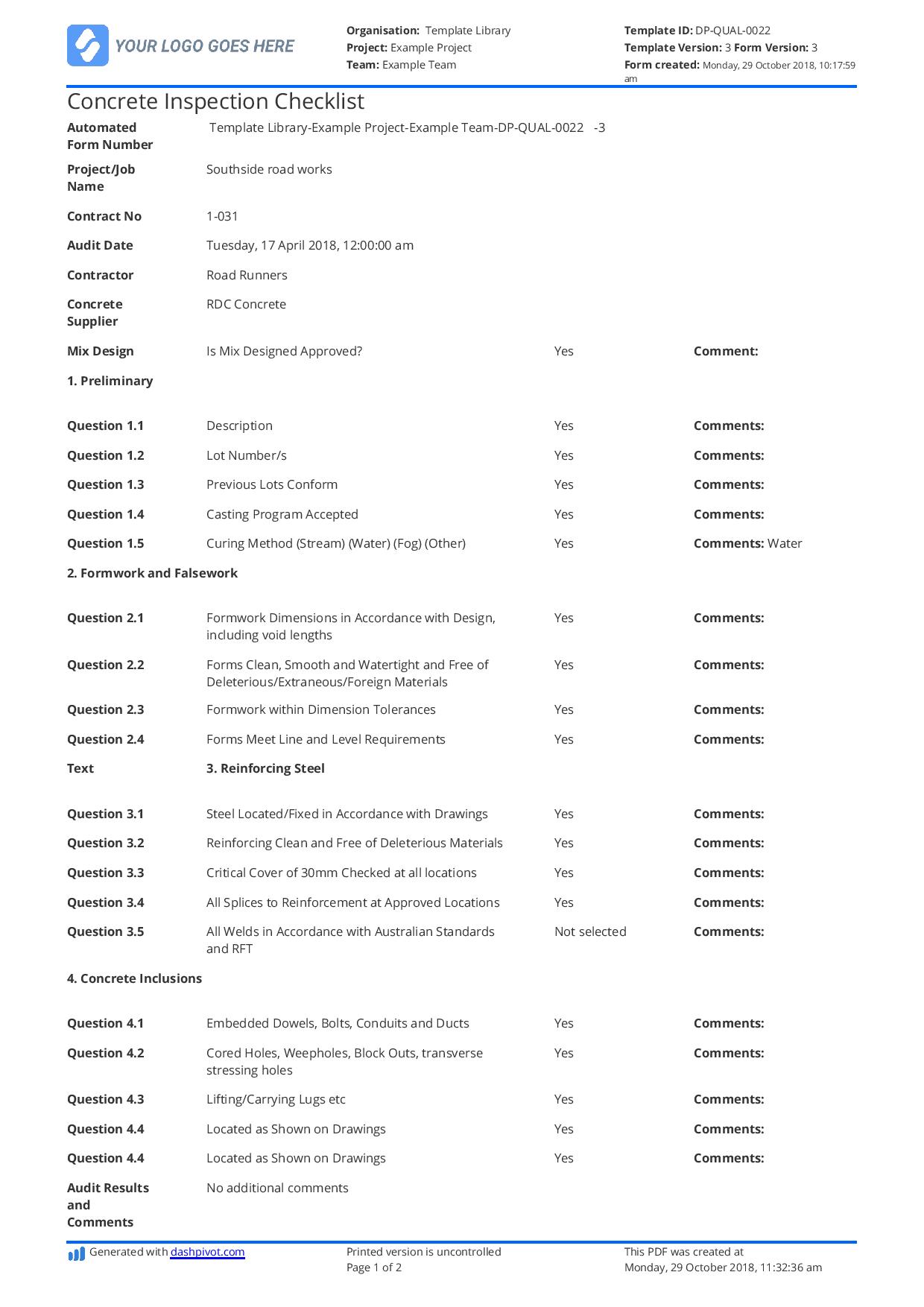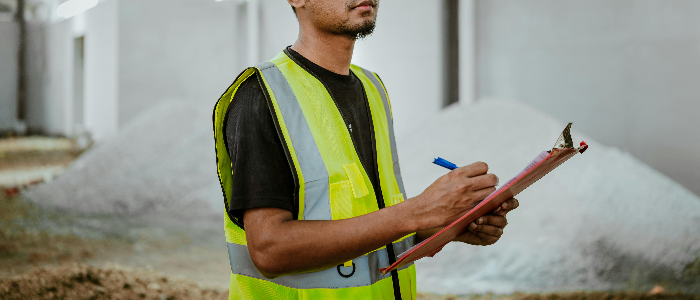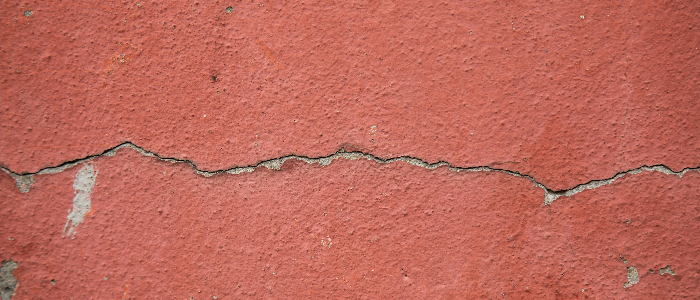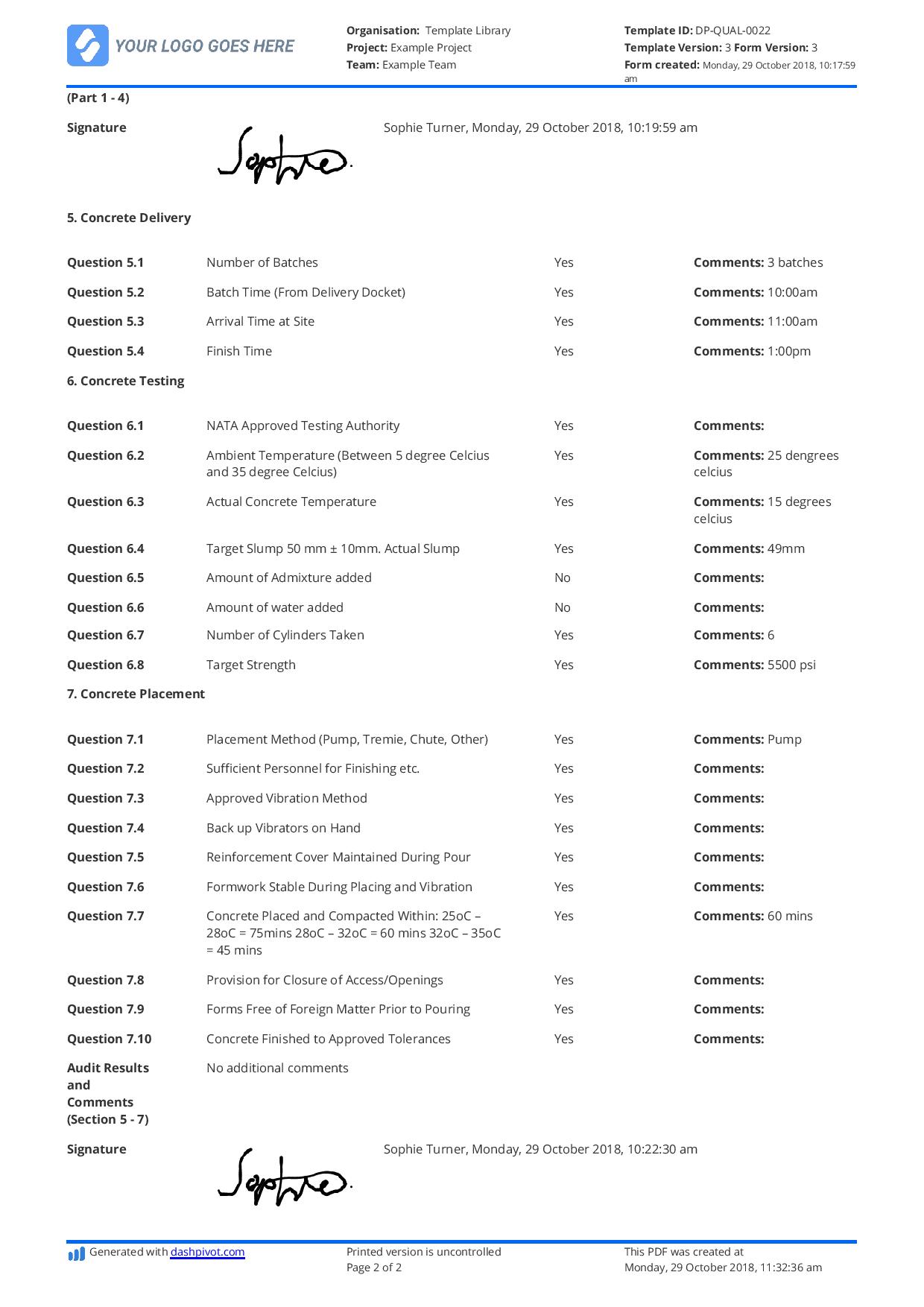Article Page – What is a Building Envelope?
What is a Building Envelope?
This article explains what a building envelope is and their vital role in construction, and also provides with some free resources for ensuring the quality of your building envelopes.

Table of Contents
What is a Building Envelope Article Summary
- The different building envelope components generally serve as the main barrier between the internal and external building environments. However, each component also has a unique function of its own.
- Conducting building envelope inspections is vital for maintaining its functionality and integrity. Providing a comprehensive checklist should help guide inspectors as to what they need to check during these inspections.
- Today, we commonly encounter the following types of building envelopes: singular, double, pressure-balanced, transparent, and dynamic building envelopes
- One specific purpose of a building envelope is to maintain energy efficiency, although this task requires careful consideration of the structure's thermal characteristics, construction material, and insulation type.
What is the importance of Building Envelopes?
One of the first questions people ask after understanding the context of this type of 'envelope' and being able to answer "what is a building envelope" is why they are important.
Building envelopes are building components that separate the interior of a building from the exterior. Their primary function is to prevent the effects of external conditions, such as rainwater, snow, ice, and moisture, from entering the building. Without this protection, these external factors might induce corrosion and mold growth, which would compromise the building's structural integrity.
Aside from keeping the interior free from exterior conditions, building envelopes also regulate the controlled parameters set inside the building. Building systems such as heating, cooling, and ventilation are largely dependent on building envelopes. These systems require efficient sealing from building envelopes to maintain optimal performance and conserve energy. In summary, building envelopes are essential components that play a crucial role in maintaining the integrity of the building and ensuring stable and energy-efficient internal conditions.
Building Envelope Examples
Building envelope components can only perform efficiently if they are always in their best condition. This means that maintenance of the building envelope is required to help ensure its optimal functionality. However, one cannot assign maintenance to a component without understanding its underlying issue. Before doing any necessary repair, establishments must first perform a building envelope inspection using an efficient checklist to thoroughly identify defects.
The format of the inspection checklist should be designed to guide inspectors on crucial areas to check on the building envelope components. This approach ensures thorough investigation, which provides accurate details on the overall condition of the components. Additionally, including a section for recommendations on the building envelope checklist would be beneficial. This helps link the correct solutions for each different defect identified. To help you picture how the form should look, take a look at the building envelope example checklist for building envelope inspection below.

Use this Building Envelope Inspection example for free
What are the Building Envelope Components?
As previously mentioned, building envelope components serve as the barriers that separate the interior of a building from its exterior. Despite the common term "building envelopes," each component fulfills a distinct function. Here are the different building envelope components and their functions.
Roof
The roof functions as the top barrier of the building. It protects the building from the heat and light of the sun, rain, snow, and other weather elements from above. Installing insulators on the roof can also help manage heat transfer from both inside and outside the building.
Walls (Facade)
This is the main vertical barrier of the building. Its main function as a building envelope is to control drafts, heat transfer, and moisture from coming into the building. Aside from being a building envelope, walls also play an important role in transmitting building loads to keep the structure stable and sturdy.
Windows and Doors
Windows and doors are controllable openings in the building that can allow light and ventilation. However, these building envelope components require human intervention as they might affect the performance of conditioning systems inside the building.
Foundation and Basement Walls
These are the components that enclose the lower portion of the building. Foundations and basement walls prevent underground water and gas from penetrating into the building. Moisture inside basements can induce mold growth and corrosion, both of which can negatively affect the building's integrity.
Sealants
This building envelope component seals building joints and gaps to ensure that the building’s air conditioning systems and heater systems function efficiently. Common examples of these are continuous air barriers such as roof sealants, tapes, and specially made membranes. Most passive buildings, where airtightness is crucial, require the use of sealed envelopes.
Ventilation
Ventilation provides an air cavity that allows air to circulate and prevents moisture build-up. These components are mostly located behind the exterior of any cladding systems. Vents are very common in tropical countries where humidity is high. They function to prevent mold, condensation, and rot in buildings. Furthermore, these building envelope components regulate temperature as they allow heat to dissipate.
Thermal Insulation
Thermal insulation controls heat transfer from both inside and outside the building. High thermal resistance (R-value) materials like foam boards, spray insulation, and fiberglass make up these components. The design of these building envelope components eliminates thermal bridges by incorporating continuous insulation layers. Having said that, integrating these components helps buildings conserve energy.
Types of Building Envelopes
What is a Building Envelope when it comes to a Singular Envelope
The singular envelope is the most common type of building envelope by design. The low-cost approach integrates all building envelope components into a single system or wall that manages essential control functions, such as thermal insulation, moisture control, airtightness, and structural support. Common examples of these are the traditional masonry walls and structural insulated panels. This type of building envelope, however, has a high maintenance cost. If one component fails, it directly affects the other components.
Double Envelope
The double envelope is a type of building envelope that provides an additional layer to the building’s exterior. This additional layer is popularly known as the double-skin facade. The purpose of this additional facade is to provide an air cavity for better insulation and thermal regulation. Furthermore, the outer layer of the double envelope acts as a shield to protect the building from the effects of the weather, while the inner layer manages vapor and moisture. Most of these building envelope types usually have plaster or drywall as the inner barrier and an additional insulation layer on the outside.
Pressure-Balanced Envelope
These building envelope types aim to balance out the pressure within and outside the building. This feature eliminates the possibility of wind-carried water entering the building premises. The vents and provision of compartments in the cladding system are responsible for allowing the air to steady the pressure inside the cavity. High-rise buildings or those near coastal areas commonly use these types of building envelopes due to their frequent exposure to strong winds.
Transparent Envelope
Transparent envelopes allow natural light to come inside the building and enhance the whole aesthetics of the building. Transparent envelopes, made of glass or other transparent materials, can create light-filled environments with wide vistas.
But does this imply that its purpose of being a building envelope is defeated? Fortunately, these types of building envelopes use thermal breaks, shading elements, and high-performance coatings to control heat transfer and reduce energy consumption, which conserves their function as a building envelope. This ingenuity serves as a prime example of balancing functionality and aesthetics.
Dynamic Envelope
Dynamic building envelopes, commonly known as adaptive building envelopes, are modern technologies built to adapt to changes in the environment. These innovative building envelopes adjust their form, tint, or physical structure based on the conditions of the environment. The most common examples of these types are operable shading devices. This building envelope adjusts its transparency and facade elements based on outdoor temperature, sunlight, and wind. These adaptive building envelopes are a living testament to how we continuously innovate solutions to improve building life.
Energy Efficient Building Envelopes
One of the primary functions of building envelopes is to maintain the optimal performance of internal systems by allowing them to use energy efficiently. Examples of systems that require building envelopes are air conditioning, heating, and ventilating. Because of this, construction engineers must first conduct a meticulous selection process during the design phase to assess which proper building envelope must be integrated to achieve accurate indoor setting conditions. With this said, engineers need to take into account the following factors:
Building Thermal Properties
This pertains to the thermal conductivity of the whole building. The thermal conductivity of a building directly influences its ability to transport heat effectively. Heat will travel more easily and swiftly through materials having a high thermal conductivity rating. Materials with very low thermal conductivity ratings should ideally make up the majority of a building envelope to regulate heat flow in both directions.
Type of Building Envelope
The type of building envelope is crucial in maintaining optimal efficiency. Loose building envelopes enable air transfer. Such a design can reduce the need for extra mechanical ventilation while improving the quality of the air inside. But while it might provide a comfortable atmosphere, it can also lead to inefficient heat transfer since it is harder to maintain a constant temperature inside the building.
Material of Building Envelope
Achieving energy-efficient buildings is also vitally reliant on the material composition of building envelopes. Various building envelopes need different materials depending on their degree of exposure to external factors or how vital they are to a building's structural integrity. For example, for building envelope components such as roof flashings and sealants, they must be made of materials such as aluminum or zinc-plated steel to withstand weather changes and moisture exposure.
Type of insulation
The right selection of insulation also plays a key role in energy efficiency. There are three categories of insulation materials, which are plant/animal-derived materials, cellular polymers, and mineral fibers. Engineers should assess the right insulation for the building to provide effective resistance to heat flow and lower the heating and cooling costs.
Building Envelope Maintenance
It is already understandable that building envelopes play a crucial role in maintaining a building's integrity and energy efficiency. Therefore, it is essential to provide proper maintenance to these components so they consistently meet the required functionality. Here are the key factors needed in your Building Envelope maintenance:
Create a Maintenance Program
You should create a maintenance program to provide standard instructions for maintaining the building envelope. This would guide building maintenance personnel on the correct procedures for executing specific maintenance tasks. Having a maintenance program decreases the risk of building envelope problems and ensures a sturdy and functional building envelope.
Conduct Regular Inspections
Inspections are the key to giving building envelopes a longer useful life. Conducting regular inspections on your building envelopes detects early signs of problems and prevents them from turning into something much more serious and expensive. Inspections also assist in forecasting future replacement needs. These useful projections can help with efficiently budgeting repairs and maintenance.
"What is a Building Envelope?" Training and Education
Educating and training workers about building envelopes provides them with the necessary knowledge and skills to understand their functions and conduct maintenance effectively. Additionally, these personnel would understand what they need to look for during inspections. Looking at the right and crucial parts of the building envelope could assist in detecting issues early and providing solutions immediately.
A smart and easy way of conducting inspections
The traditional method of conducting an inspection uses a paper as a checklist. While this can still be effective, the whole process of the inspection is just too tedious and time-consuming. Creating forms is a slow process, and conducting inspections can expose the forms to dirt and errors.
However, modern times have provided a solution to this slow-moving process. By using this inspection app, you can now conduct your inspections more efficiently. This software employs digital forms for your inspection checklist, which you can modify to suit your inspection requirements. This software also uses a single document library to store all of your inspection forms and documents, ensuring a more sorted-out inspection process. In summary, using this software reduces administrative burdens and saves you time by simplifying the entire inspection process.
Summary of what is a Building Envelope
Building envelopes are building components that enclose the building and protect the interior from weather effects. By regulating and controlling moisture, heat, and ventilation, these components also ensure efficient use of energy in your building. Therefore, it is crucial to properly maintain building envelopes through regular inspections. During inspections, the checklist must be in a format where it guides the inspectors on what important parts of the building envelope they need to look for. Having a fully functional building envelope ensures that buildings can maintain their integrity and lower the cost of energy consumption.
Frequently Asked Questions
Does the law mandate that residential and commercial buildings undergo building envelope inspections?
Yes - According to Sections C109.3 (Commercial) and R109.1.4 (Residential) of the International Energy Conservation Code (IECC), the building official is obligated to assess the building envelope and mechanical systems. By utilizing this checklist, which offers a comprehensive examination of every building envelope, you may simply adhere to these regulations.
How is technology changing the way people conduct Building Envelope Inspections?
Technology is transforming the tedious manual process of conducting inspections with digital solutions like Dashpivot. Teams can now complete tasks faster, automate documentation, capture real-time data on-site, and streamline inspection workflows. This leads to significant time savings, improved accuracy, better compliance tracking, and safer worksites through proactive issue detection.
Does Sitemate offer other templates for specific Building Components?
Yes - Sitemate offers ready-to-use and editable Roof Inspection Checklist that can also be edited for your workflow. Companies of all buildings are using these templates right now to spot any issues in the roofing structure and take timely measures to repair them, preventing further damage to the property.
Related resources

Concrete inspection checklist
Ensure your concrete placements are inspected, recorded and (quality) controlled with this checklist template.

Visual inspection checklist
Perform properly documented visual inspections with photo evidence using this template.

Liquid penetrant inspection report
Use this inspection report to detect and properly document quality issues for surface-breaking defects.
